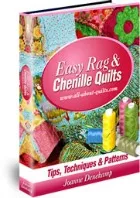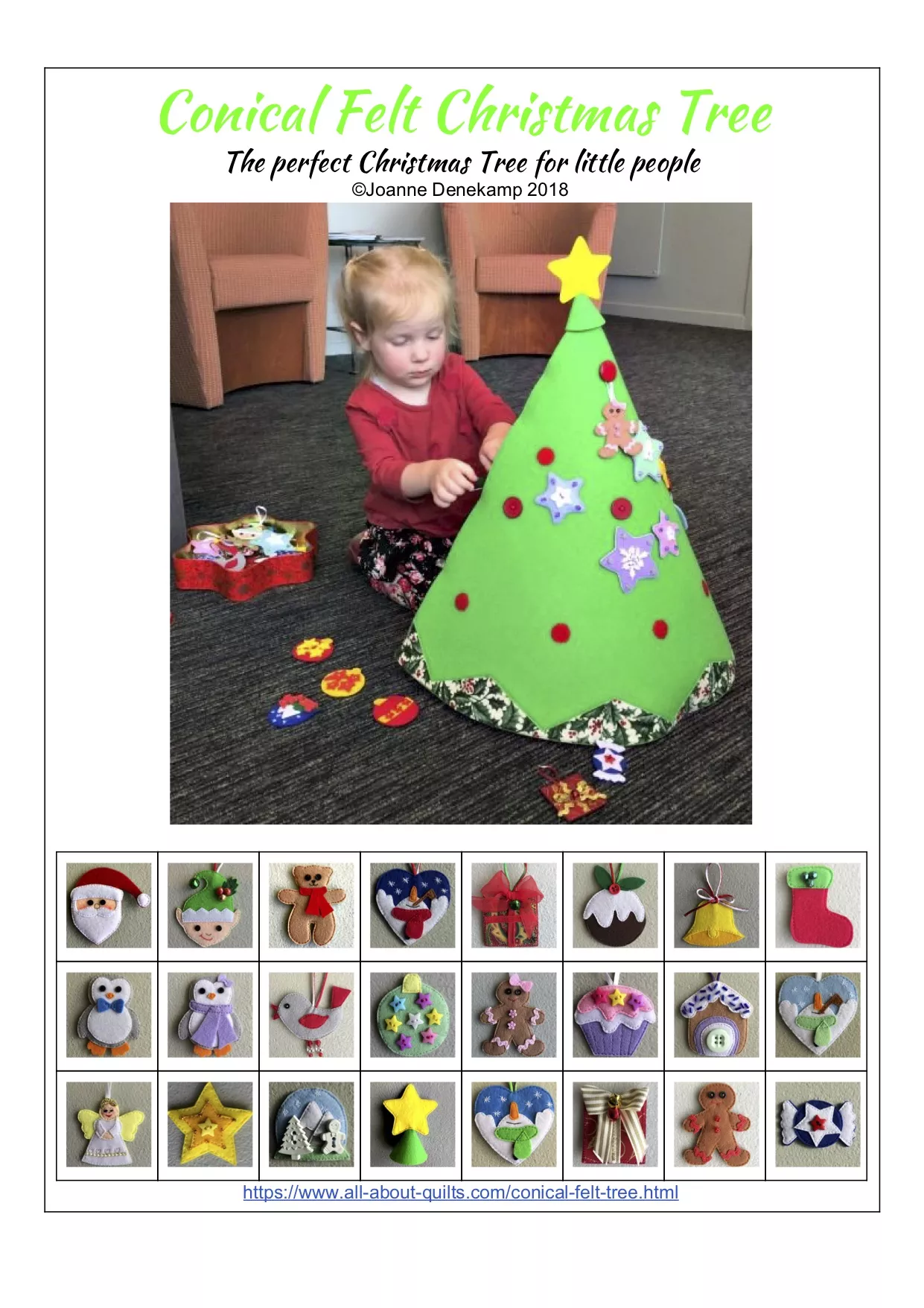- Home
- Glossary
Quilt Glossary
Every new skill or craft has its own language. Quilting is no different. Using the quilt glossary below will help you learn the language of quilting when moving through my site. It is not an exhaustive list.
Acronyms
BOM: Block of the month
FQ: Fat quarter
STASH: Special treasures all secretly hidden
TOT: Tone on tone
UFO: UnFinished Object
WIP: Work in progress
The Quilter’s Ten Commandments
Thou art a quilter:
Thou must not put another vocation before it
Thou shalt sew ¼ inch seams
Thou shalt honor thy rotary blade
Thou shalt sew 15 inches per square inch
Thou shalt never pass a quilt shop
Thou shalt not unpick, only unsew
Thou shalt not covet thy neighbor’s block
Thou shalt not covet thy neighbor’s fabric
Thou shalt not reveal funds spent on quilting supplies
Thou shalt cook and clean but one day a week (or month?)
Glossary
Applique: the technique of layering one fabric over another to
create a design, then hand or machine stitching the design onto a
larger background
Read More
Background Fabric: the fabric used to sew your applique design on to
Backing: the fabric at the back of a quilt
Batik:
a fabric that has been dyed while using either wax, glue or starch to
cover some of the fabric to modify the way the dyes are absorbed into
the fabric, Indonesia is well known for its batiks
Read More
Batting: the layer in the middle of a quilt between the top pieced layer and the backing
Read More
Bearding: when batting fibers migrate through the quilt top or backing
Bias: the grain of fabric that is at a 45 degree angle to the selvages, this has the most stretch
Binding: the strips of fabric which are often folded double to cover the raw edges of a quilt
Read More
Block: quilt tops are often made up of blocks that are usually square but can be any shape
Border: strips of fabric sewn to the quilt to frame or enlarge the quilt
Calico: a traditional plain weave cotton fabric
Chenille:
a recent quilting term beginning in the late 1990s. Created by using
layers of cotton fabric sewn together in blocks. The layers are sewn
together then the uppermost ones slashed to create the soft chenille
effect.
Read More
Color Wheel: a tool to help you when selecting fabric colors
Corner Stones: the squares found on each corner of a block or quilt top
Fat Quarter: 1/2 yard of fabric cut in half forming 2 fat quarters usually measureing 18" x 22" each
Feed Dogs: metal teeth on the sewing machine plate that help feed the fabric through while being sewn
Finger Pressing: a method to make a temporary fold by taking fabric between your fingers and creasing it
Finished Size: the measurement of a completed quilt block or quilt
Fusibles: products used to help hold 2 pieces of fabric together
Grain: lengthwise and crosswise threads of woven fabric
Jelly Roll: an entire fabric collection that has been laser cut into 2 1/2" strips then rolled up like a bakery confection and tied with a bow
Label: made and sewn onto the back of the quilt with information relevant to the quilt
Read More
Loft: describes the thickness of batting - puffy batting is considered high loft & thin batting is low loft
Log Cabin: strips of fabric typically encircling a small centered square
Read More
Mitered: vertical and horizontal fabric strips sewn at a 45 degree angle
Needle Punching: a mechanical process using barbed needles to fuse together loose fibers to form a non-woven fabric
Nine Patch Block: a block made up of nine squares arranged in a 3 x 3 checkerboard pattern
Notions: items used for help quilters sew eg pins, scissors, templates etc
On Point: a square block that is rotated so the corners are at the top & bottom and at both sides
Patchwork: sewing patches or pieces of different fabrics together
Pieced Border: pieces of fabric of various widths sewn together to form a long strip to then be sewn either side of the quilt top
Press: use the iron with a 'down and hold for a few seconds then lift' motion
Quilt Top: the top layer of the quilt that is either pieced, appliqued or a combination of both
Quilting: stitches ( by hand or machine) used to hold the three layers of a quilt together
Quilting Foot: a sewing machine attachment that helps you to feed all three layers of your quilt sandwich evenly through your sewing machine during quilting
Rag Quilt: usually using flannel, whose raw edges of seam allowances are exposed and then cut to form a soft fringe
Read More
Rotary Cutter & Mat: a rotating cutting devise
similar to a pizza cutter to cut fabric strips, they must be used with a
mat to protect the table surface and cutter blade
Sandwich: a quilts three layers consisting of top, the batting/wadding middle and the quilt backing fabric
Sashing: a strip of fabric sewn between blocks to separate and define them
Satin Stitch: a zigzag stitch with a shortened stitch length so that the stitches look like threads laying next to each other, often used for applique
Seam Allowance: the area between the fabric edge and the stitching line usually 1/4" in quilting
Selvage: the finished edges of woven fabric along the length of the fabric
Sleeve: a fabric tube sewn onto the back top of a quilt so it can be hung
Read More
Stabilizer: used to stabilize your fabric when extensive stitching is done
Stash: a supply of fabric and notions used for quilting
Templates: a cardboard or plastic shapes used as a pattern
Tied Quilt: a method using knots or ties to hold the three layers of the quilt together
Walking Foot: an attachment for the sewing machine to help feed the top layer of fabric evenly through
Wall Quilt: a quilt made to be displayed on the wall
Warp: the long threads that run the length of the fabric, parallel to the selvage
Weft: the threads that run across the fabric from side to side (selvage to selvage)
- Home
- Glossary



New! Comments
Have your say about what you just read! Leave me a comment in the box below.